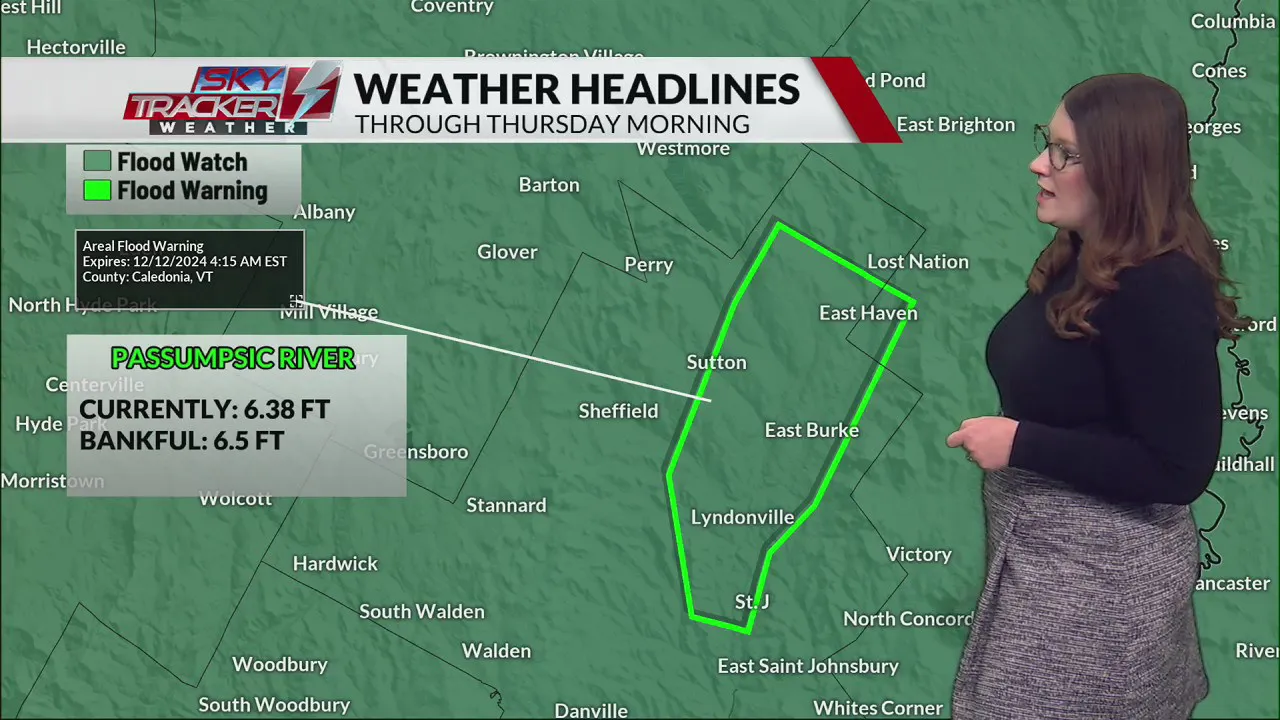Urgent Flood Warning: Are You Prepared for the Rising Waters?
As extreme weather events become increasingly common, communities across the United States face an unprecedented challenge from rising flood risks.
Flooding has emerged as one of the most devastating natural disasters, threatening lives, homes, and entire communities with alarming frequency. Recent climate data suggests that the frequency and intensity of flood events are rapidly increasing, putting millions of Americans at potential risk.
Understanding the Flood Threat
Experts define flooding as the overflow of water onto normally dry land, which can occur through various mechanisms. Heavy rainfall, storm surges, and infrastructure failures are primary contributors to these dangerous events. The National Weather Service categorizes flood risks into three critical levels:
- Flood Watch: Conditions are favorable for potential flooding
- Flood Warning: Flooding is imminent or already occurring
- Flash Flood Warning: Immediate danger with little reaction time
“Turn Around, Don’t Drown” – A critical safety mantra that could save your life during flood events.
Climate Change and Increasing Risks
Climate change has significantly amplified flood risks across the United States. Research from the U.S. Geological Survey indicates that changing weather patterns are creating more extreme precipitation events, which directly correlate with increased flooding potential.
Vulnerable populations face the greatest challenges:
– Children
– Elderly residents
– Communities in low-lying areas
– Individuals without comprehensive emergency plans
Critical Preparation Steps
Protecting yourself and your loved ones requires proactive planning. The Federal Emergency Management Agency (FEMA) recommends several key preparedness strategies:
Emergency Kit Essentials
- Non-perishable food
- Clean water
- First aid supplies
- Battery-powered radio
- Waterproof document container
- Medications
- Extra clothing
Communication and Planning
- Develop a family emergency plan
- Identify local evacuation routes
- Sign up for community emergency alerts
- Know your area’s flood risk level
Financial Protection
Many homeowners remain unaware that standard insurance policies typically do not cover flood damage. The National Flood Insurance Program (NFIP) offers specialized coverage that can provide critical financial protection during disaster scenarios.
Safety During a Flood Event
When flood warnings are issued, immediate action is crucial:
- Move to higher ground immediately
- Avoid walking or driving through flooded areas
- Listen to local emergency broadcasts
- Follow official evacuation instructions
- Help vulnerable community members if safe to do so
Post-Flood Considerations
After flood waters recede, additional precautions are necessary:
– Wait for official clearance before returning home
– Inspect structures for damage
– Check for potential electrical or structural hazards
– Test water quality before consumption
– Document damage for insurance purposes
Community Resilience
Local and federal agencies are increasingly focusing on long-term flood mitigation strategies. Infrastructure improvements, advanced warning systems, and community planning are essential components of comprehensive flood risk management.
Conclusion
Flood preparedness is not just an individual responsibility but a community-wide commitment. By staying informed, planning ahead, and supporting one another, we can build more resilient communities capable of withstanding nature’s most challenging moments.
Stay safe, stay prepared, and stay informed.
Disclaimer: This article is for informational purposes and should not replace official emergency guidance from local authorities.






Leave a Comment